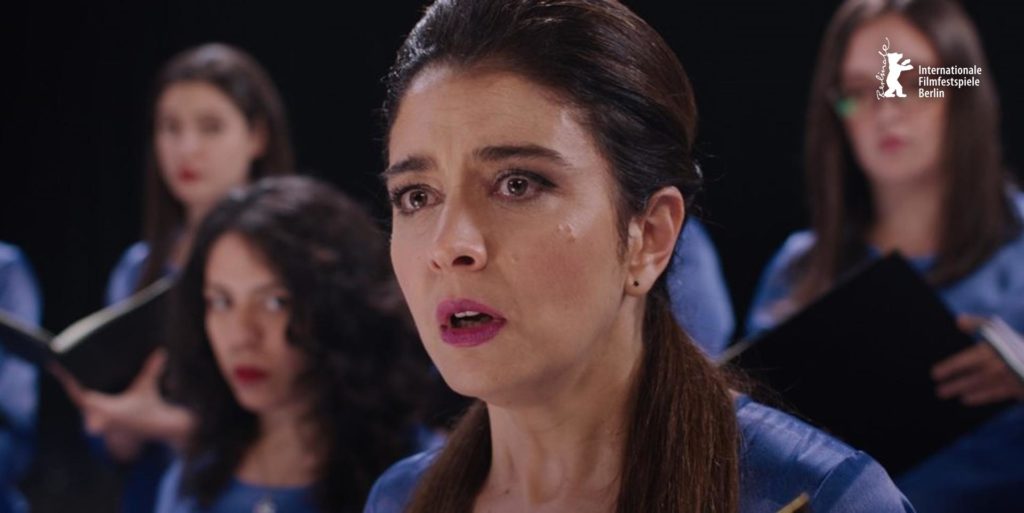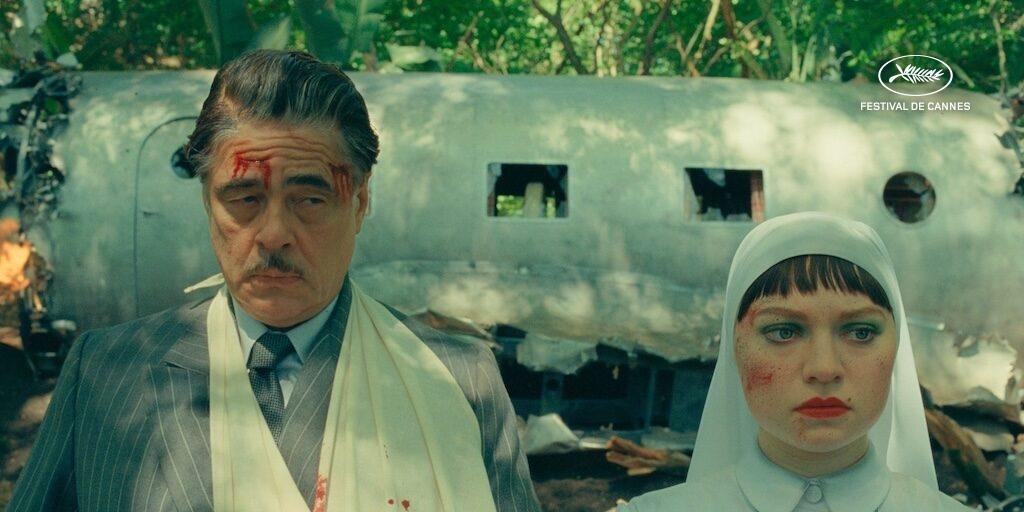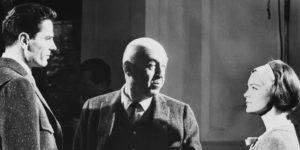A FULFILLED PROMISE
As we mentioned in “Beyond Oblivion: A critical history of argentine fantastic cinema” (*), in our classic phase, and a bit further, the expression of pure fantastic practically had no examples; it did, in a displaced manner, through melodrama. The greatest example of this genre crossing we have it precisely in the film that serves as a title for our book. Shot in 1955 and released a year later, it was directed by Hugo del Carril and is also for us the greatest Argentinian film ever made.
Later we had curious and even unique, yet notable, exceptions of fantastic in a strict sense: Invasion, The Power of Darkness, The Invisible Man Attacks and Stay Tuned for Terror.
Fortunately, since the last two decades Argentine cinema has turned, with its exceptions, to genre cinema. Crime films, Horror films and Fantastic films. With which, and beside some obstinate instances, it left behind that cinema of the sixties and seventies, with their tedious marathons, significant silences and every series of vulgar garbage you can imagine.
Now well. This frank and even uncontrolled incursion into genre has not necessarily symmetrized quantity with quality. It has been understood that that is the way, but some have thrown themselves into genre without taking the necessary precautions regarding comprehension. Of course, it is not about throat cutting, disembowelments, bloody grimaces and all sorts of incursions into cruelty, better fit to certain ceremonies of a domestic nature.
The fantastic, naturally, is a Siamese brother to Horror. Sometimes the former can take precedence over the latter. If the former is about an invasive otherness, such invasion takes place within the most crass ––or apparently crass–– everyday life. This is the way things are since “The Sandman” by E.T.A. Hoffmann, and they continue to do so. Examples are abundant but it serves no purpose to repeat them here.
Within the attempts of pure fantastic in more recent dates stand out films such as Martin Basterretche’s Blind Spot and Natalia Meta’s Death in Buenos Aires.
Precisely today marked the release of the latter’s second film, The Intruder, at the Berlin Film Festival.
If Death in Buenos Aires was the apparition of a particular universe, but fortunately never stuffed into the merely subjective, that displayed, coming from a thriller base, a drift towards the fantastic. This drift has found in her second feature a secure room in the fantastic.
Its protagonist, Inés, is a woman dedicated to both film dubbing and chorus chanting, and whom on account of an apparently unexplained incident, begins to feel and fear that that early incident bears an association with something outside the normal. Or, better said, what is usual. And it is precisely at this axis where The Intruder is centered.
In this way it seems to Inés that the everyday world folds to what ––as a classical point of departure–– may be a delusion, or as a first intuition, and later verification of that which has been intuited.
As it is for every accomplished fantastic the axis-mythologeme displayed is that of the double, alter ego or doppelganger, the very precise German term that affirms “the shadow that moves with us”.
That something, shadow, thing, entity, ghost, or all of them rolled up into one as a synthesis which is the key of the most pure horror, naturally keeps, as any creation that prides itself as such, a second meaning, being this of a lesser objective nature, and is precisely that which the fantastic imagination represents as something elusive, loose, unformed, wicked, half-made. And it is at that where precisely Natalia Meta’s film becomes even more fascinating.
Naturally for this fascination to work out it needs to have, like here, a perfectly controlled mise-en-scene. A cinematography that moves comfortably between the elusive and the extremely realist. An employment of sound design and music seemingly more serial and naïve, but from where it can extract nuances that sustain that climate of otherness. Of a cold nightmare.
Like in her previous film, Natalia Meta moves comfortably around the apparent everyday life ––the dialogues between Inés and her mother–– as well as sustaining the persistence of that which is strange through subtle snags. The sound of an organ. The walkthrough across a dark empty concert hall. An ending party where Inés thinks she has found her equal ¿or double? A disquieting neighbor.
It is in these displacements that form symmetries where the perfect strategy of her mise-en-scene is exposed.
Succinctly we have: scream-lone voice-echo-choir-musical note. The other displacement axis would be then: dubbing-choir-double life (starting from a certain moment)-two men-double work-two voices.
We say this in the form of a critical prologue, given that we cannot extend ourselves any further because we would give away plot details; a plot that precisely because of the rigorousness maintained in its display makes every detail to be significant.
We can now affirm it is a masterpiece. This second film ––like the second novel, by the way––, which is always a rite of passage, is perfectly accomplished.
![]()
(Argentina, Mexico, 2020)
Script, direction: Natalia Meta. Cast: Érica Riva, Nahuel Pérez Bizcayart, Daniel Hendler, Cecilia Roth, Mirtha Busnelli. Producción: Benjamin Domenech, Santiago Gallelli, Matías Roveda, Natalia Meta, Faniana Tiscornia. Lenght: 90 minutos.
*: Ángel Faretta, Diego Ávalos, Melina Cherro. Enerc Library-Incaa, 2029













